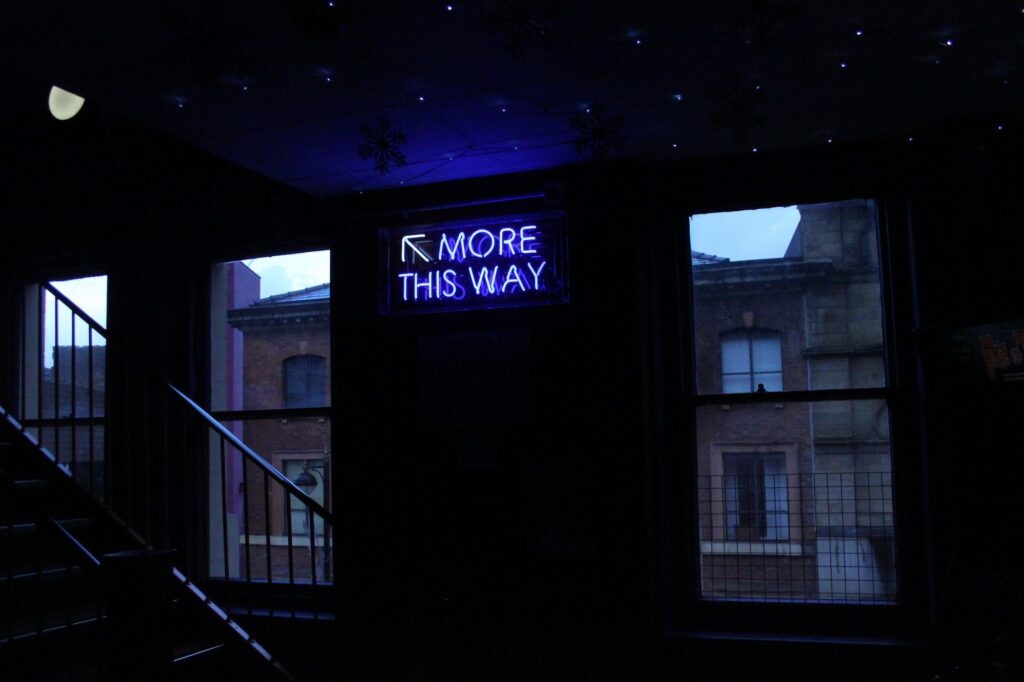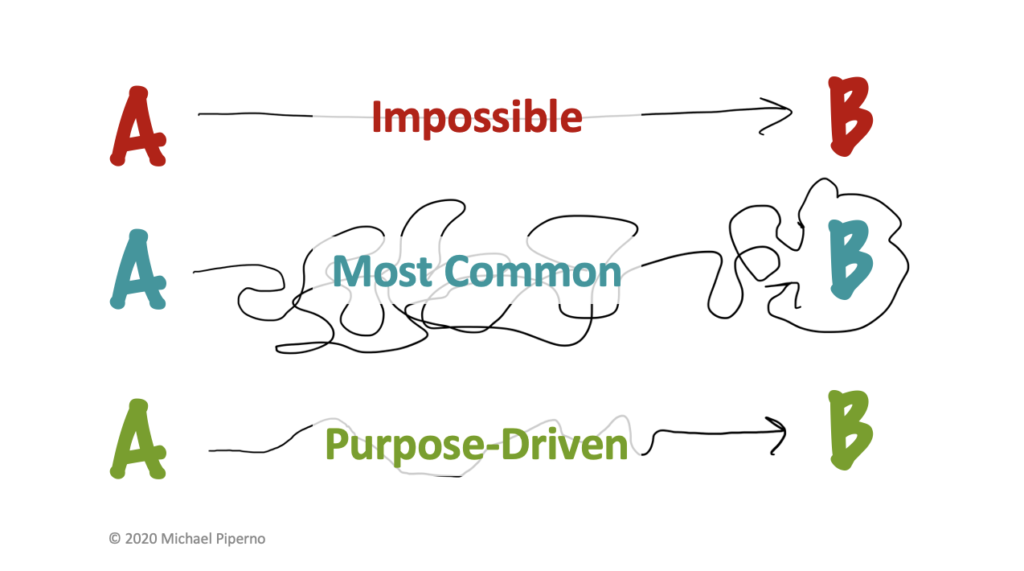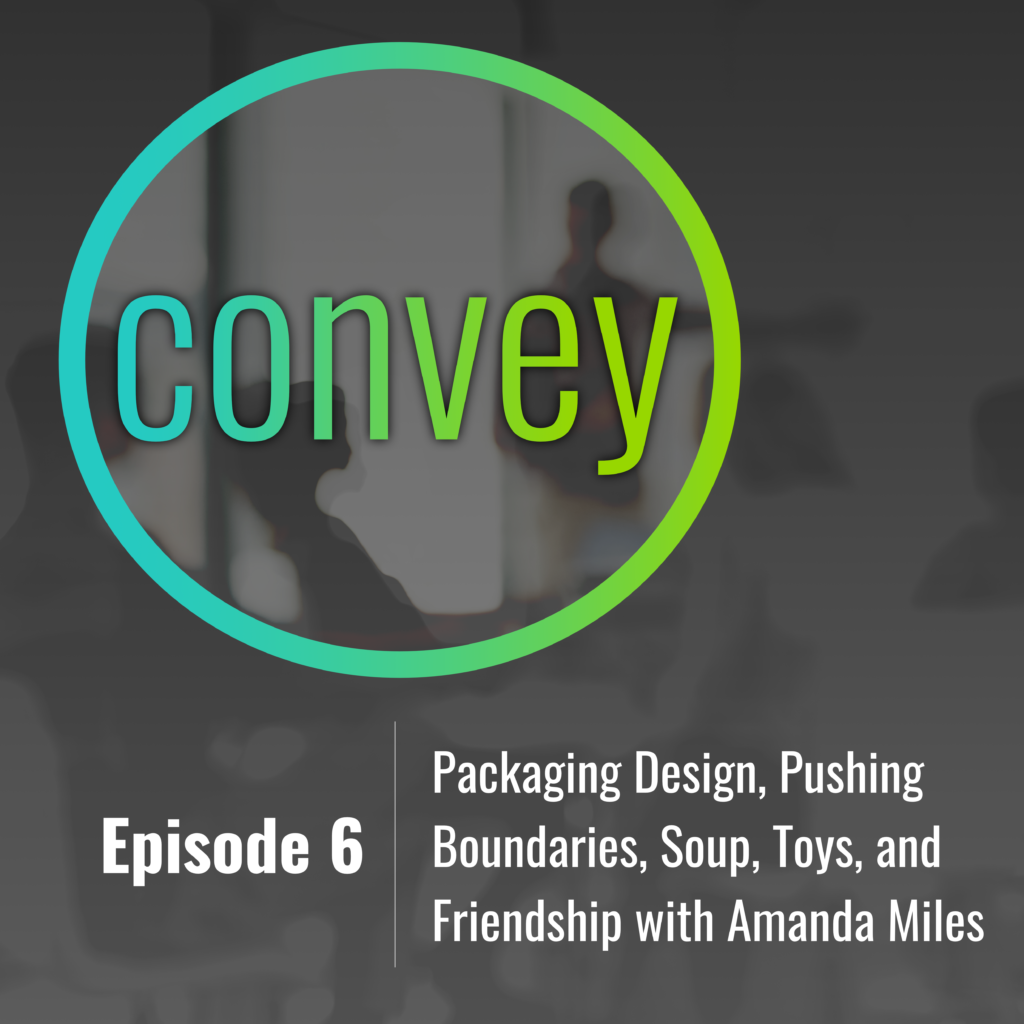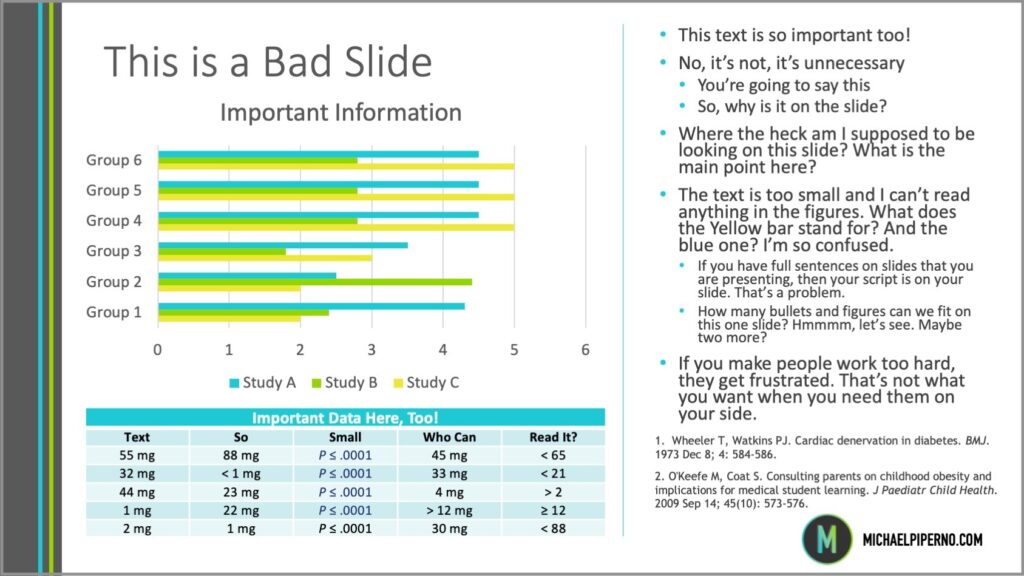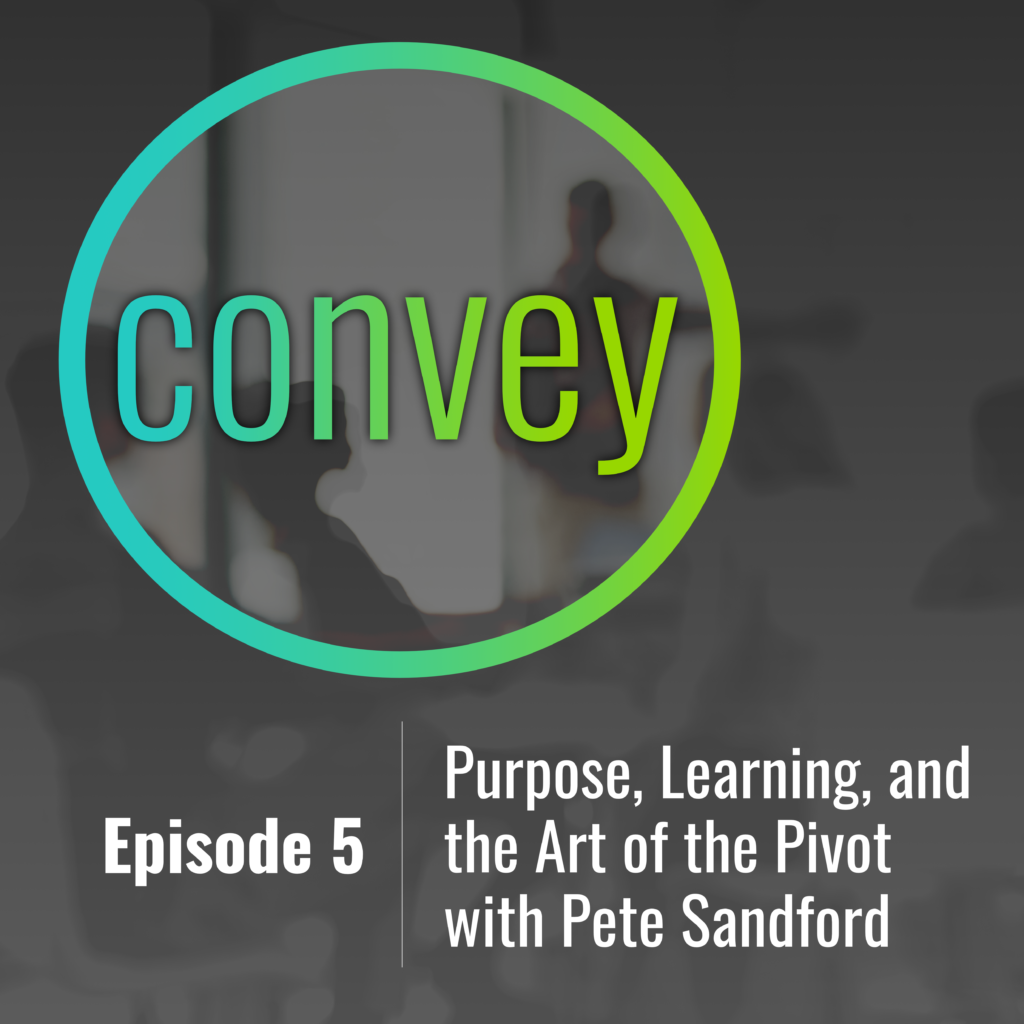“Nothing can help the person who does not practice.” I read that in a Forbes article about public speaking tips. It made me stop and think about how easy it is to look at someone you admire and think they are a natural at something. The truth is that they worked very hard to be so awe-inspiring.
While there is debate over how much our innate abilities play a role in our successes, it’s clear that training is necessary to become an expert. And with any kind of training, practice is key to honing one’s craft.
My first full-time job after college was as a high school teacher. I had some practice during my schooling, but not enough to make me a true expert on the subject matter, and not enough to confidently manage classrooms of 28 different personalities 5 times a day. And then, there I was on day one, alone, responsible for over 100 students a day, and running the show.
I’ll never forget how quickly I noticed that my first period public speaking class really got the short end of the stick. Each day they were my test subjects for the day’s lesson, which always went better the other times I would perform it later that day. So, I started to rehearse my new lessons the night before. That practice helped.
When I got my first graphic design job many years ago, I didn’t know the software like I really should have for the position I landed. I had to create my own projects and practice every night to quickly get myself up to the level the position required.
I used to be a very good pianist. I could sight read almost any song, and enjoyed playing at parties where people wanted to sing. After two decades of little to no practice, I got frustrated every time I sat down at the piano. I couldn’t play anywhere near like I used to — and that fact was maddening. Last year, I vowed to change that. By practicing a little every week and learning new things about music that I never had discovered before, I am slowly becoming a musician again. All it’s taking is a little practice.
And even though I’ve taught public speaking to high school and college students, coached executives through high stakes presentations, and presented more workshops and pitches than I can count, I still practice my presentations over and over — until I know that I’m ready.
And knowing when I’m ready has taken practice, too.
This post was originally published on January 20, 2020 and updated on February 26, 2021.

